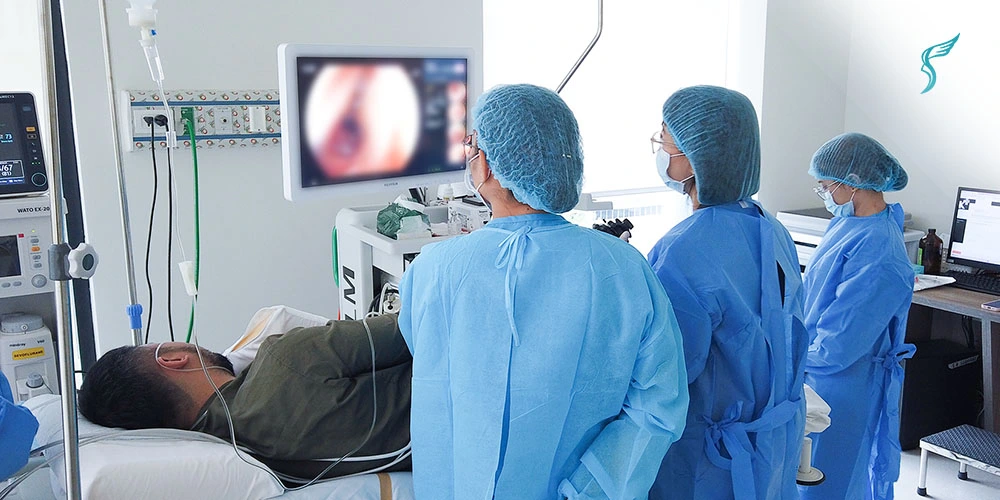When undergoing Colonoscopy — aside from preparation and diet restrictions, one critical factor that ensures a successful procedure is patient positioning.
How a patient is positioned affects not only the visibility of the colon but also the comfort, safety, and accuracy of the entire examination.
Why Patient Positioning Matters in Colonoscopy
A colonoscopy involves the doctor examining the inner lining of the large intestine—including the cecum, sigmoid colon, and rectum—using a colonoscope. How a patient is positioned can significantly affect the ease with which the instrument navigates the intestine, the patient’s comfort, and the safety of sedation.
Proper body positioning helps provide a clear view of the colon walls, reduces problems such as colonoscope looping, and may even improve adenoma detection rates—a key quality measure used to identify polyps or early signs of colorectal cancer.
The Standard Position for Colonoscopy

Traditionally, the most common and recommended starting position for a colonoscopy is the Left Lateral Decubitus (LLD) position, where the patient lies on their left side with their knees gently drawn toward the chest, resembling a relaxed fetal position.
This position is considered the standard because it offers several advantages:
- The anatomy of the colon is naturally aligned in this position, allowing the colonoscope to move more smoothly through the large intestine.
- Reduce the risk of breathing difficulties or airway obstruction during sedation.
- Many patients find this position more relaxing and easier to maintain.
- The position provides better access and control for the doctor, reducing physical strain during the procedure.
It’s important to note that practices can vary as some doctors perform the colonoscopy in a single, fixed position, while others routinely adjust positions to optimize the procedure.
Patient Comfort, Sedation, and Safety
Just like in any medical procedure, patient comfort is a top priority. Sedation and analgesics are administered to minimize pain, reduce anxiety, and prevent unnecessary movement.
Commonly used medications such as propofol allow patients to remain relaxed without feeling discomfort. The medical team monitors vital signs, including pulse oximetry, oxygen saturation, and respiratory rate, to ensure the procedure remains safe and stable.
After the procedure, patients are often moved to a recovery position (usually on their left side again) to facilitate the release of gas or air used during insufflation and to monitor for side effects such as bloating or mild cramps.
Schedule your Colonoscopy today at Shinagawa Diagnostic
At Shinagawa Diagnostic, we are committed to performing colonoscopies with the highest standards of precision, care, and patient safety. To achieve this, our clinic has partnered with Japanese medical experts and incorporated specialized training programs, ensuring that our team delivers world-class quality in every procedure.
You can choose to avail of our colonoscopy as a standalone procedure, or as part of the VIP Shinagawa Dock, a comprehensive health package that includes a full-body checkup in addition to the colonoscopy.
Disclaimer: This article is for educational purposes only and does not replace professional medical advice. Please consult a qualified healthcare professional for an accurate diagnosis and treatment.

